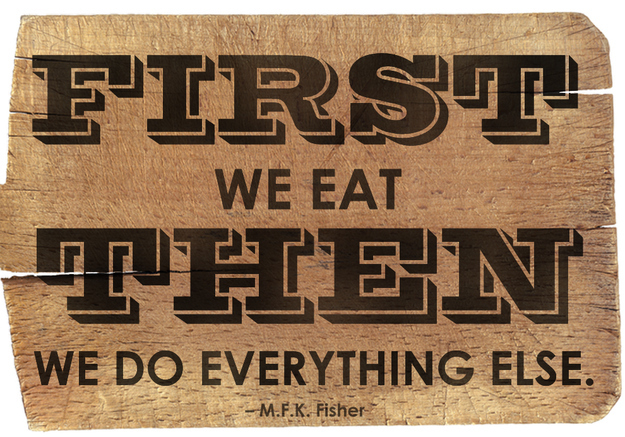Life is not always flowers and butterflies (wouldn't that be lovely.) But with these ten tips from our most recent Night of Nutrition with Nancy, you'll feel as though grocery shopping is a bit more enjoyable and productive.
1. Make a plan
With a little bit of research and planning, it is possible to buy healthy food on a budget. Look at your schedule each week before you go, and determine how much food you'll really be eating at home. Also decide ahead of time what you are and are not willing to compromise on when it comes to price and quality.
2. Eat before you go
Studies have shown people buy more and make poor choices if they shop when they are hungry. They are less likely to stick to their list and more likely to make impulse purchases. Eating a snack before you go can help you stay focused on only buying what you really need.
3. Shop the perimeter
Priorities frist. Starting in the produce section, work your way around the perimeter to all of the fresh items. This includes fruits and vegetables, protein and dairy. Go inside the aisles only as necessary; this is where most of the tempting and processed foods are located. However, it is also where many good items such as grains, nuts and seeds, and frozen items are kept.
4. Read labels
Skip the front and turn the package around. The nutrition facts panel and ingredient list will give you the full story on what you're really buying. Though it may seem like a daunting task, spending a little extra time reading and comparing labels can provide important information beneficial to your health.
5. Buy seasonally
Fresh produce is least expensive when it's in season, due to it being in abundance. It's also likely to taste better than if you were to purchase it out of season. Selecting seasonal foods also means you are more likely to be buying locally-grown produce. The food spends less time traveling to the store and you are eating it much closer to the time it was harvested.
6. Know the "Dirty Dozen"
Every year the Environmental Working Group releases its "dirty dozen" list of fruits and veggies found to contain the highest levels of pesticide residue. If you are considering purchasing organic produce, the items on this list are the best ones to start with to ensure you get a clean and pesticide-free produce.
7. Check expiration dates
Fresh produce such as bread, dairy and meat are usually stocked by putting the freshest items in the back to allow 'older' items to be sold first. Don't hesitate to dig through the shelves to find an expiration date a day or two later, which can give you additional time to eat and enjoy your foods.
8. Fill up your freezer
Frozen fruits and vegetables allow you to always have something on hand without worrying about your food spoiling before you can eat it. Frozen meals have also come a long way from the TV dinners of yesterday, and there are many great tasting options low in sodium, fat and calories, as well as minimally processed.
9. Ask about sale items
Often stores will create 'sales' for "multiples" as a gimmick to influence you to purchase more of something. For example, an item may be labeled '5 for $5' but it's important to remember you can still purchase a single of that item for $1 regardless of how many you choose to buy. This works well for items you may store, but be wary should it be something perishable. Only purchase as much as you realistically think you'll be able to eat.
10. Consider purchasing the store brand
While name brand items often have more appealing packaging and their clever advertising has us hooked, the truth is store brand items are often exactly the same on the inside as their more famous counterparts. With the same ingredients, formula and often produced in the same facilities by the same manufacturers these items may be just as tasty and better for your wallet.
Happy Shopping!




















































